This Postmodern Art Captures a Tiny Moment of Hope During Romania’s Communist Years
Learn about Romania’s “unfrozen years” at Bucharest’s Postmodernism Museum
The “unfrozen years” might sound like a time before Disney's mega-hit Frozen graced the planet, but the term has a special and much more serious meaning for Romanians, who use the words to describe the decade of freedom their country experienced during its 42 years of Communist rule. That fleeting moment of openness is reflected in a new exhibition called “Before & After the Cultural Revolution in Romania: 1971,” now open at the Postmodernism Museum in Bucharest.
The exhibition—which features work from prominent Romanian artists Ion Bitzan, Pavel Ilie, Paul Neagu, Florin Mitroi and Victor Ciato—is part of a bigger program dedicated to documenting and exhibiting art from Romania’s Communist period. It’s the first time an institution in Romania has taken up the complicated task of recovering art produced between 1945 and 1990.
Though Romania was never formally part of the U.S.S.R., it spent decades under a puppet Communist government, first under a postwar Soviet occupation, then under dictator Nicolae Ceausescu, who seized power in 1965. Yet the museum's curators write that from roughly 1960 to 1970, Romania experienced a brief period of openness to Western music, culture and art, until Ceausescu closed down channels to outside influences with his 1971 speech called the "July Theses."
The speech signaled a shift in Ceausescu's politics. With his newly repressive dicatorship in place, writes Piotr Piotrowski in his book, Art and Democracy in Post-Communist Europe, he started a “cultural revolution” of his own, brutally suppressing dissidents and instigating food shortages when he exported Romania’s entire harvest to pay off foreign-funded infrastructure projects. In 1989, Ceausescu was executed, following a trial that took place at the height of the country's violent revolution that ended communism in Romania for good.
Following 1971, Romanian cultural figures fled the country to escape government suppression and widespread poverty. Many of these artists are featured in the exhibition, which focuses on their work influenced by Romania's brief period of openness.
“For the Romanian culture and art, this specific period of ‘unfrozen years’ stages a strong significance and importance for the impact on innovation and for the powerful links which were made between Romanian and the Western culture and art,” writes curators on the museum’s website.
For another look at Romania’s modern art, be sure to visit the contentious National Museum of Contemporary Art across town (the building was the brainchild of Ceausescu)—it, too, is packed with examples of how Romanians responded to life under communist rule.
/https://tf-cmsv2-smithsonianmag-media.s3.amazonaws.com/accounts/headshot/erin.png)
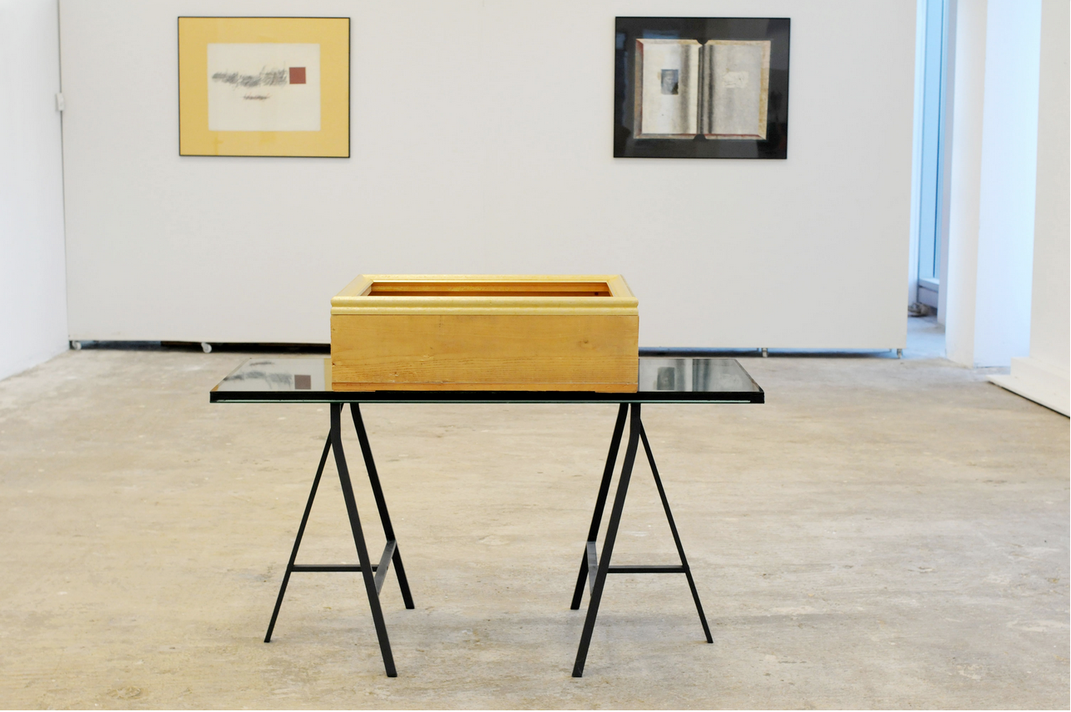
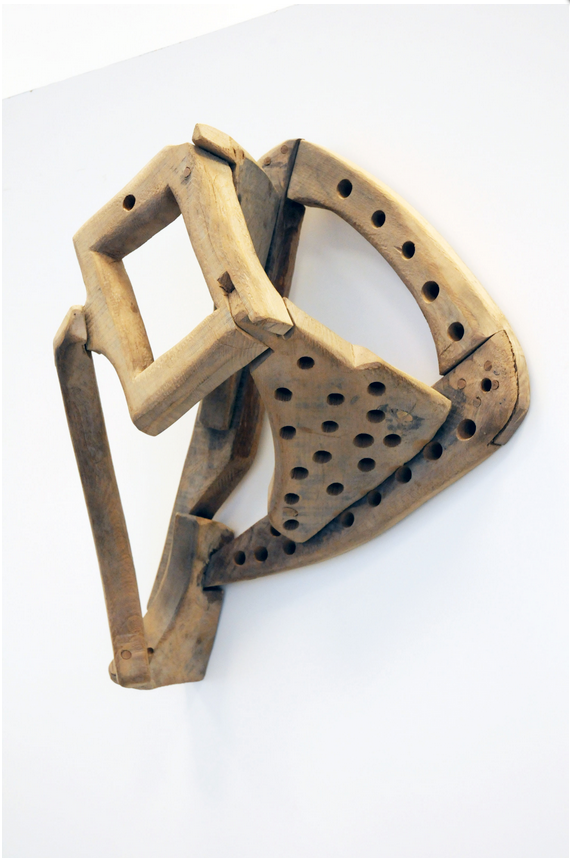
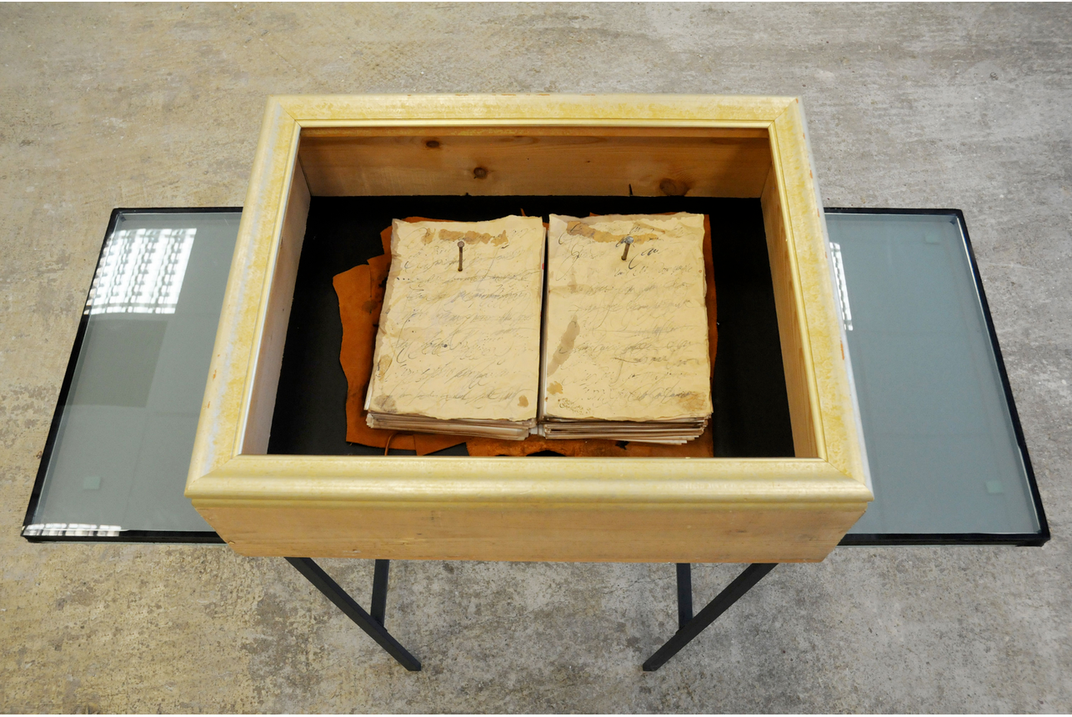
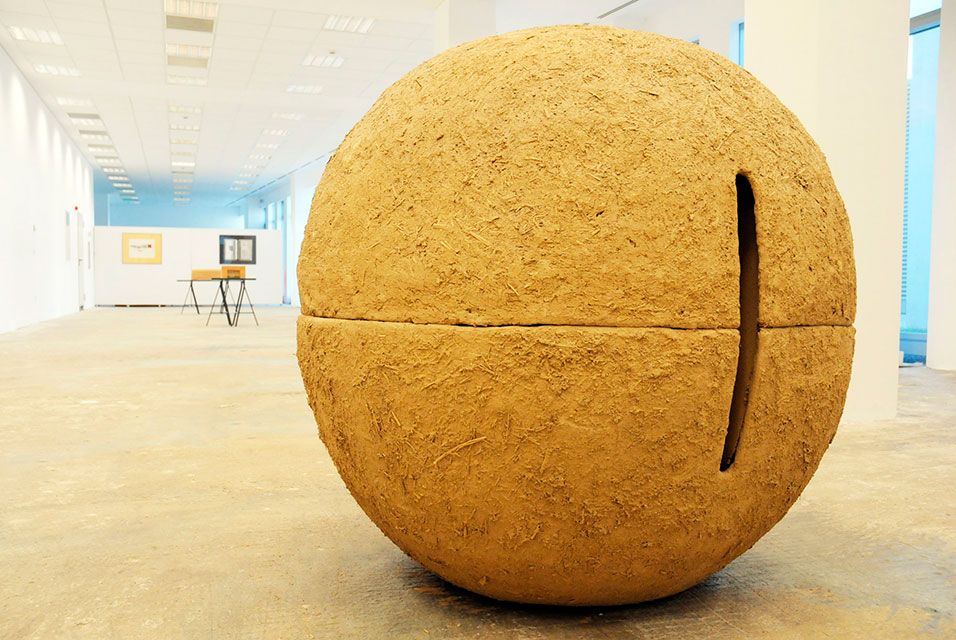
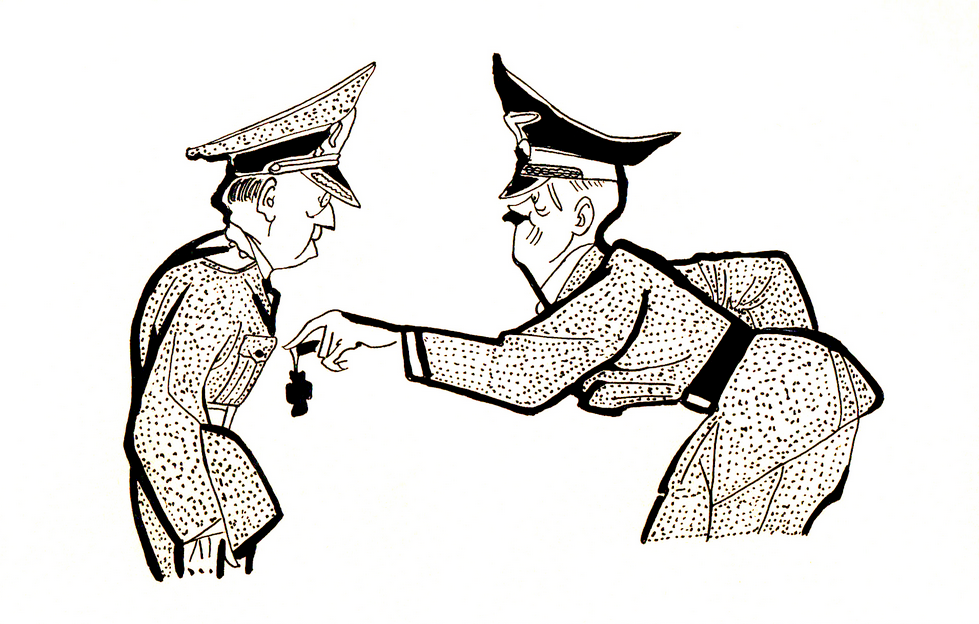
/https://tf-cmsv2-smithsonianmag-media.s3.amazonaws.com/accounts/headshot/erin.png)